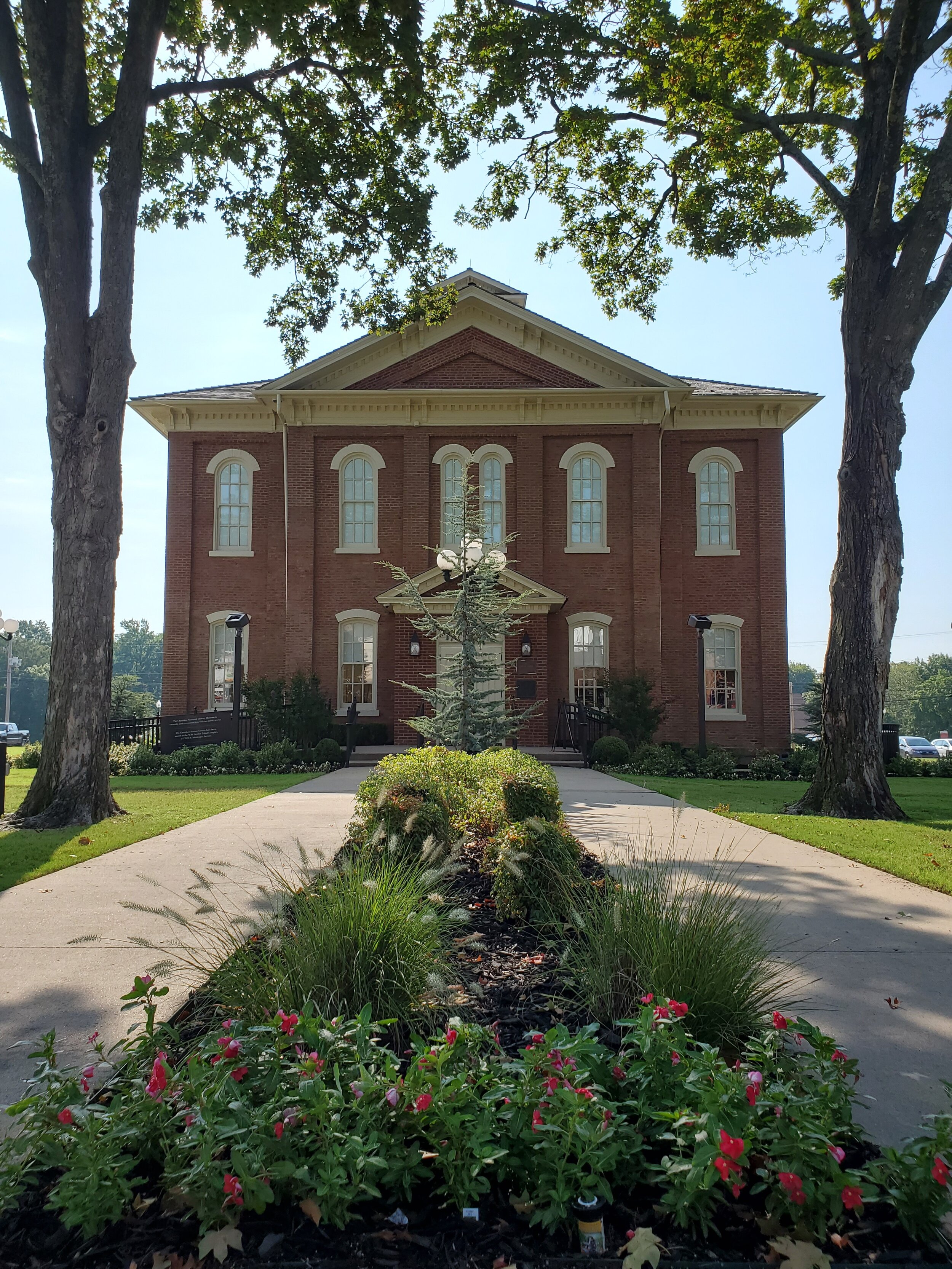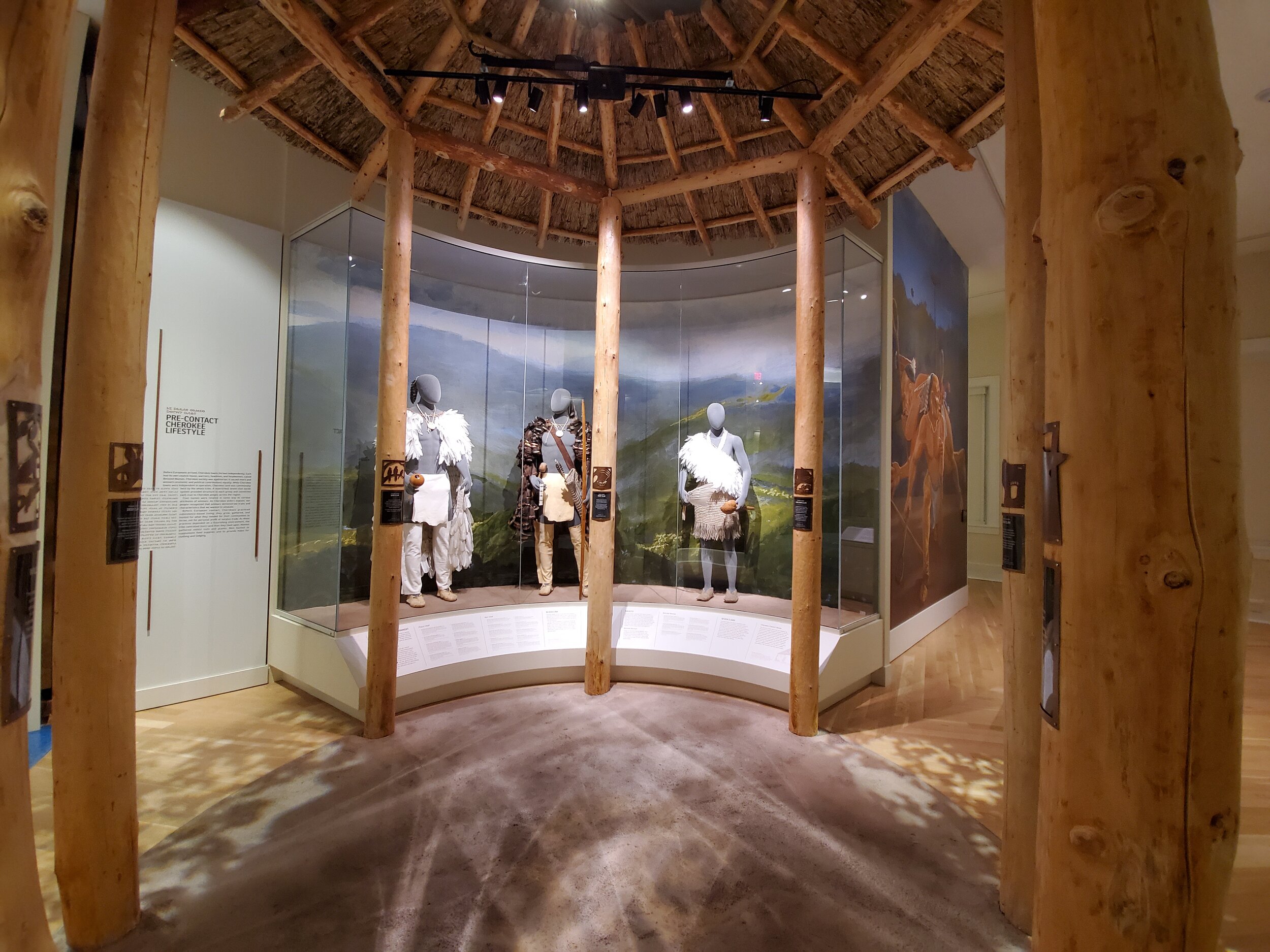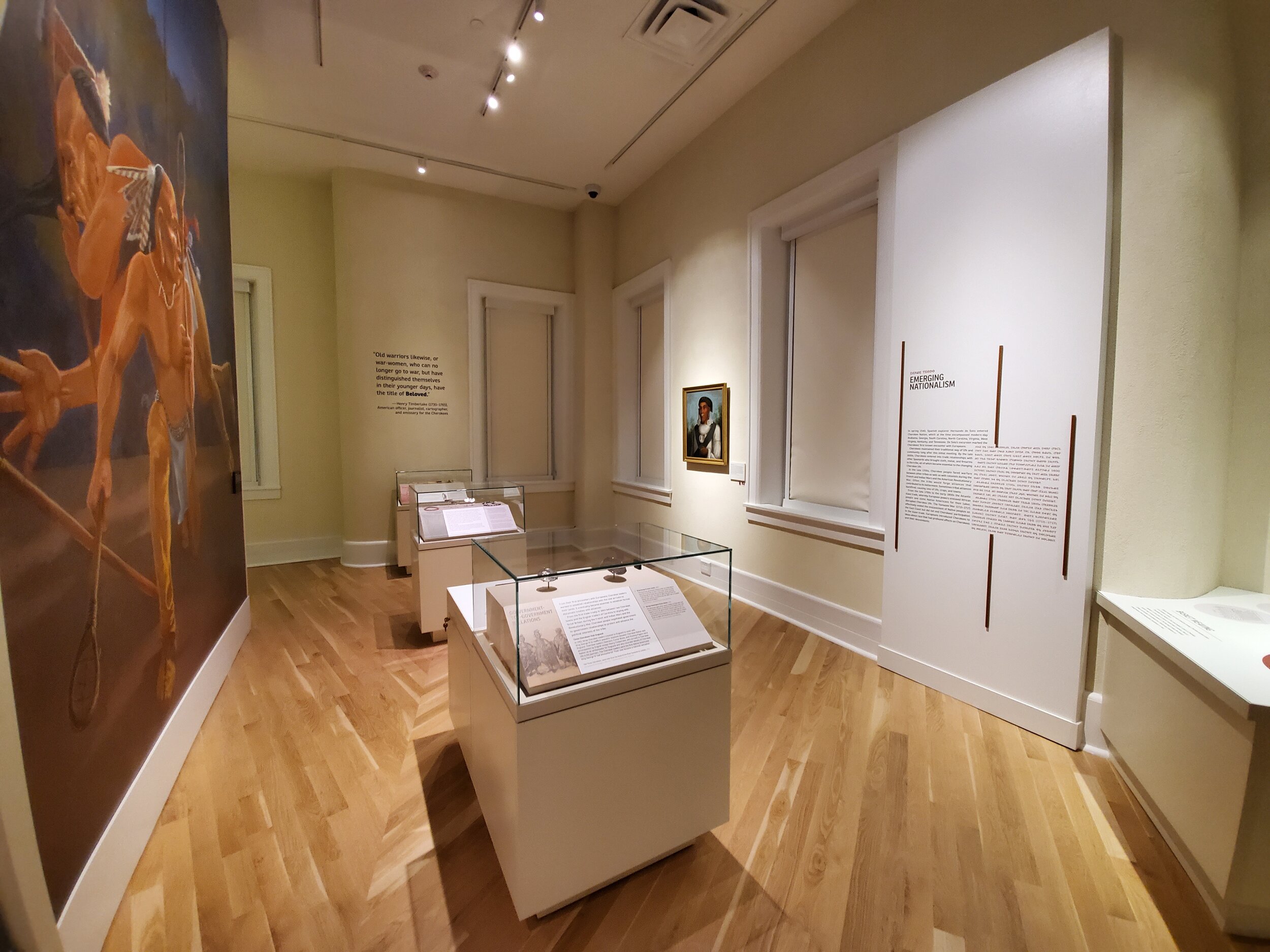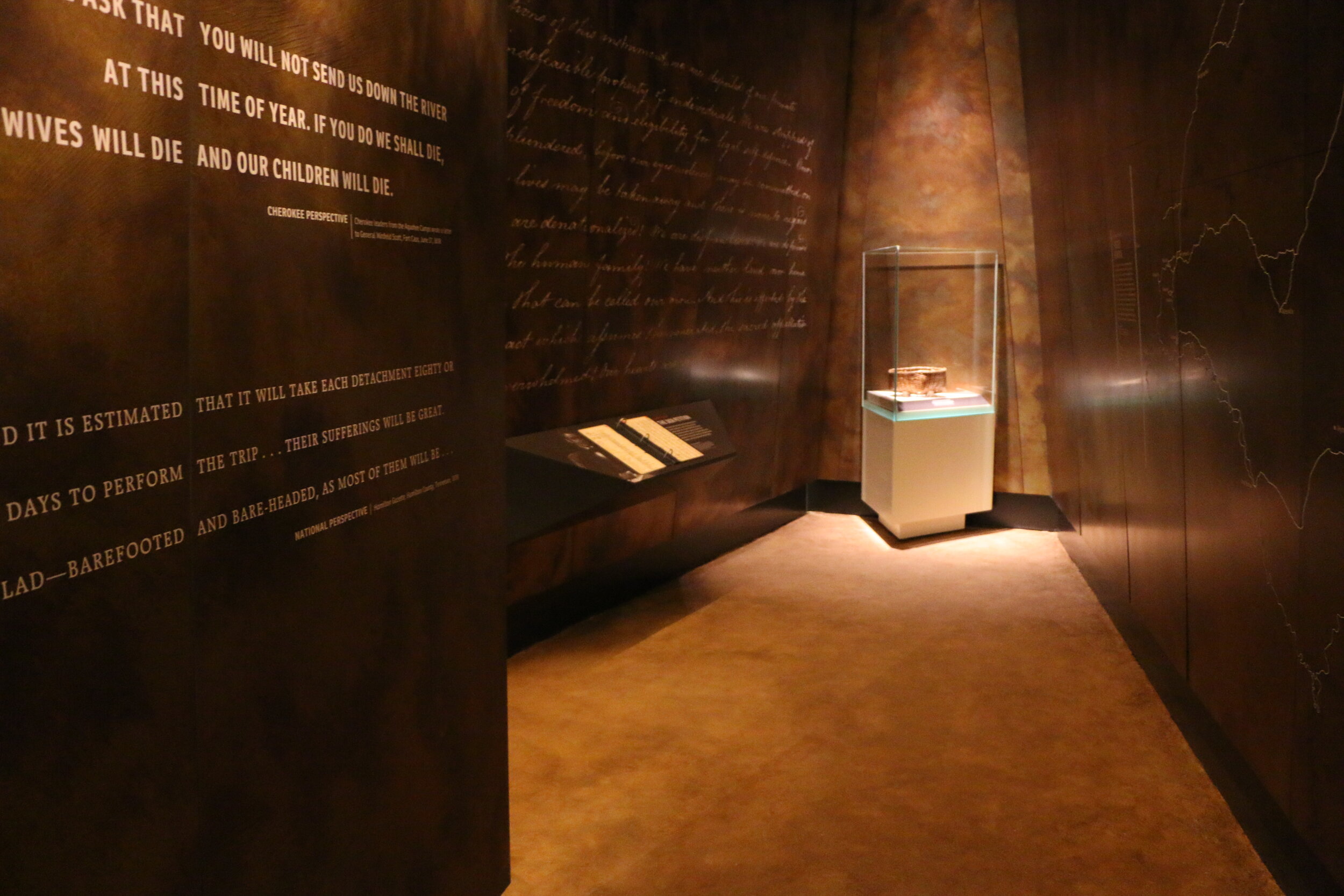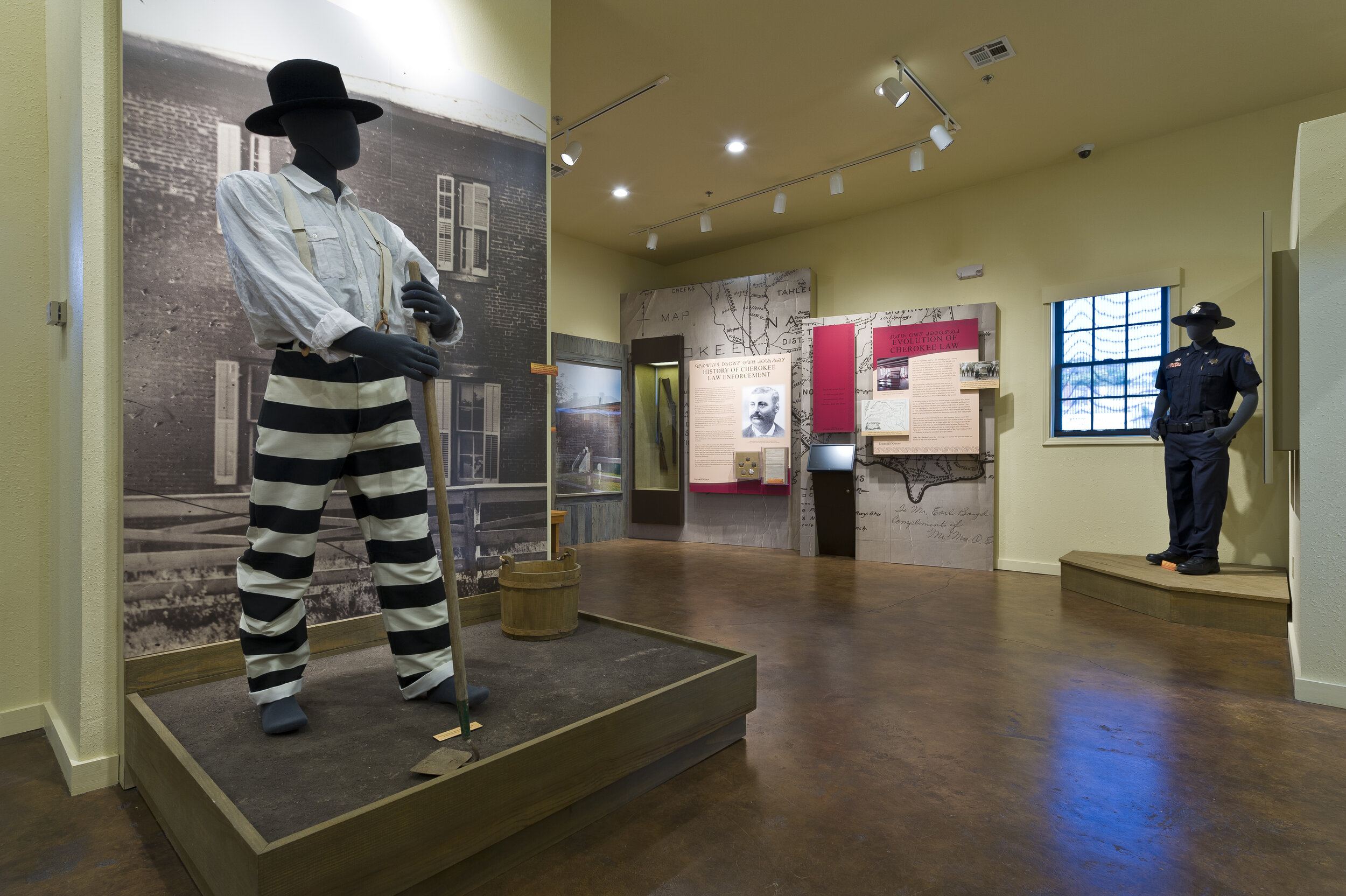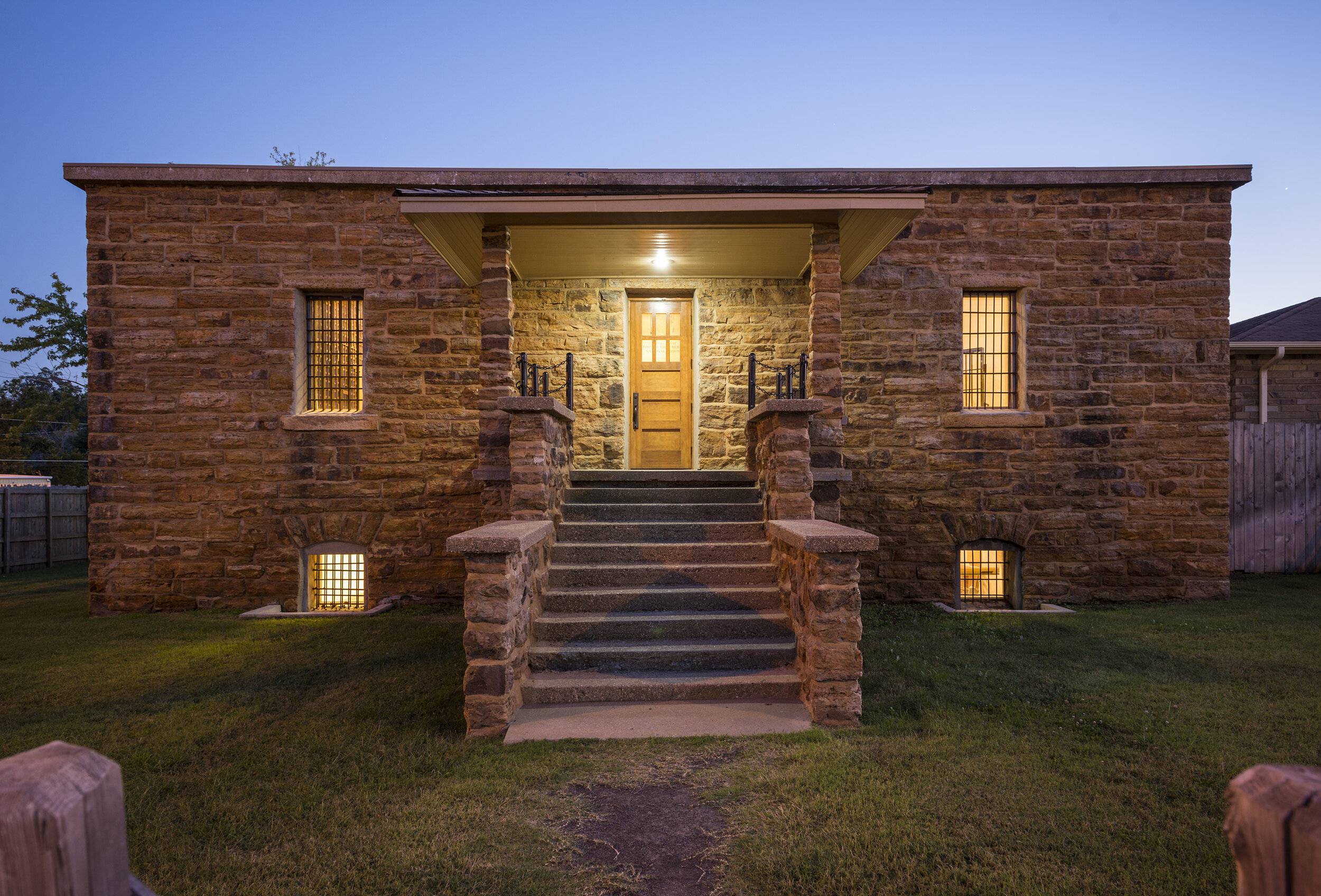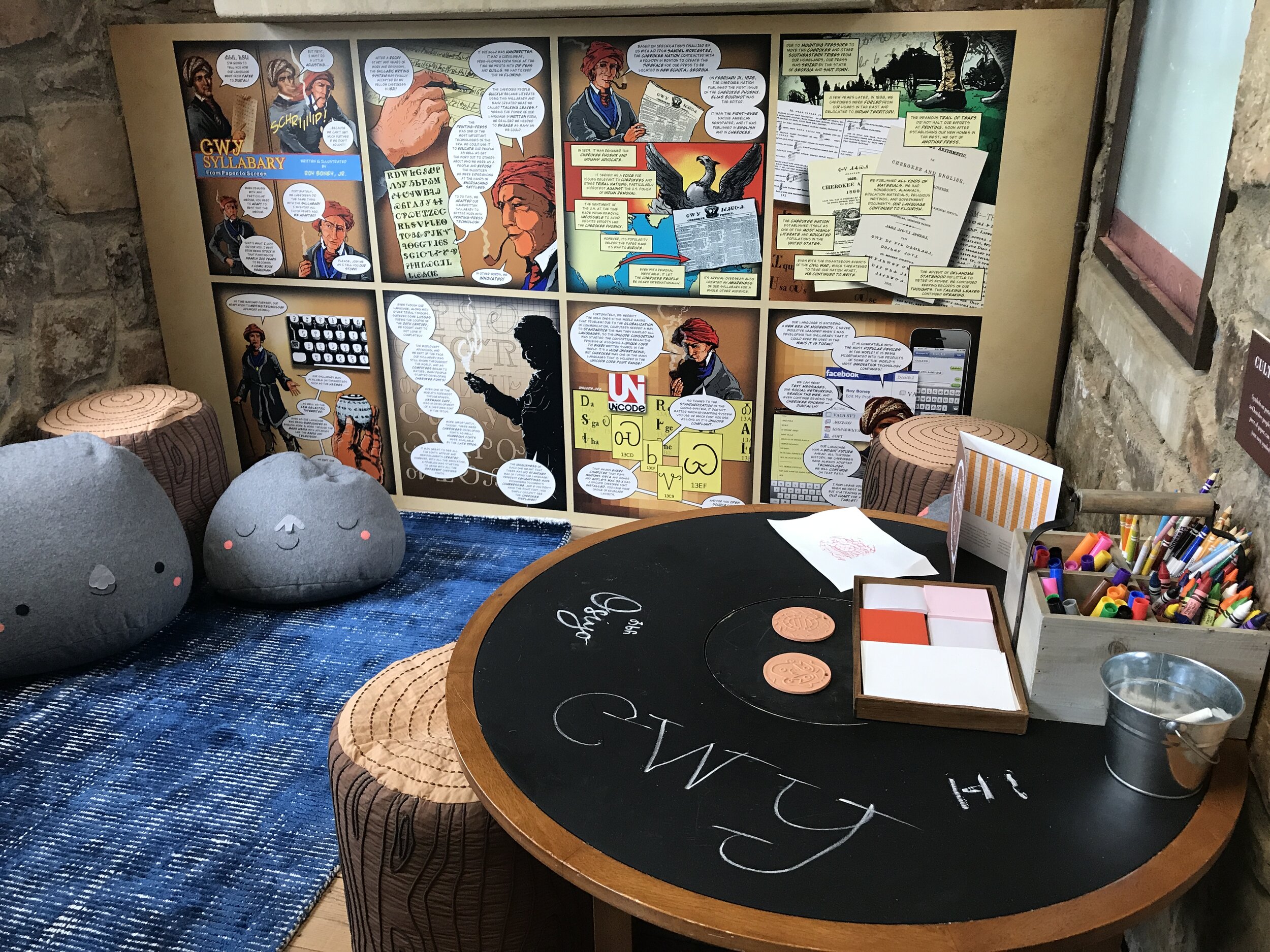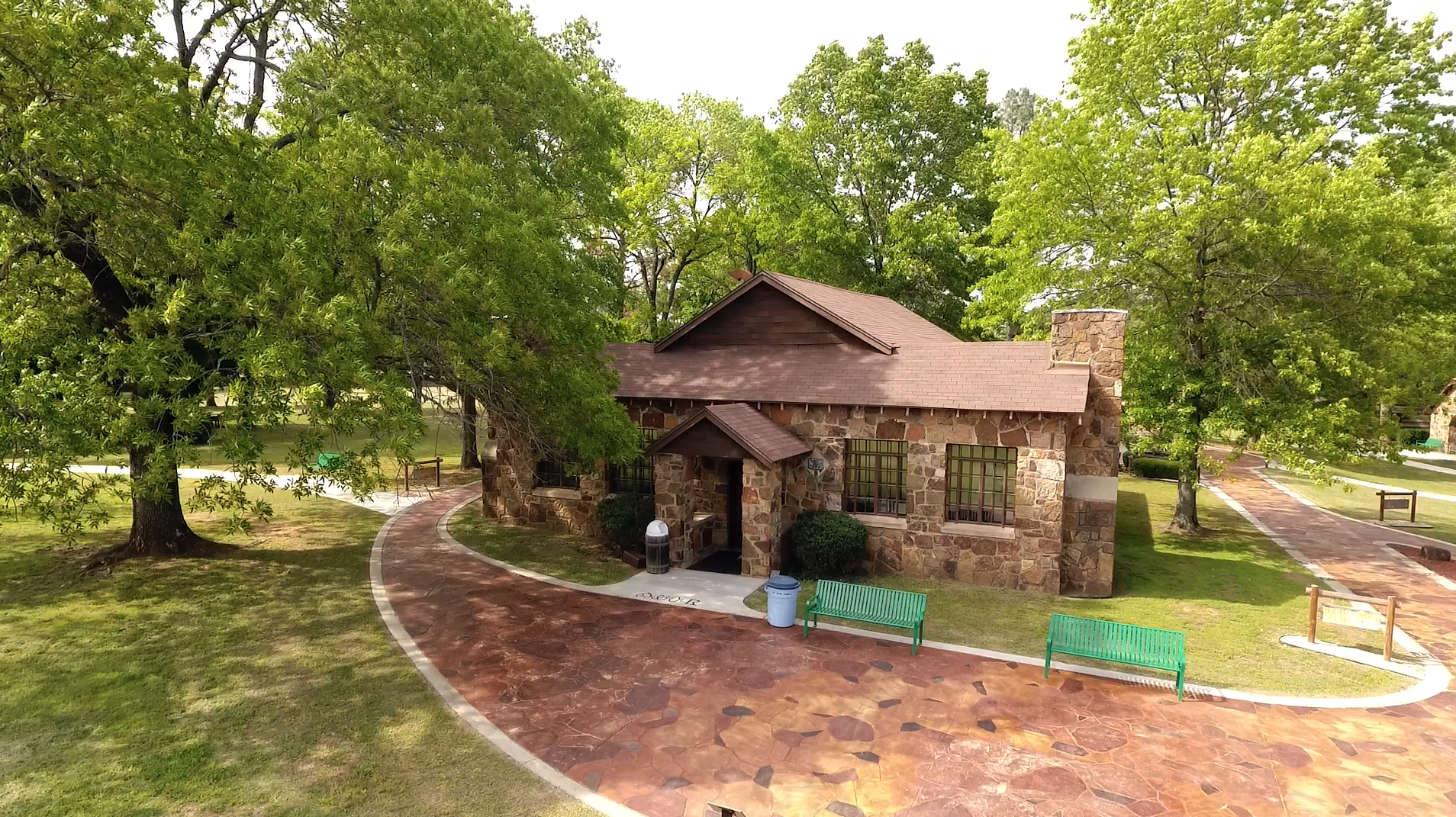The Cherokee Nation - Continuing to Build a Strong Legacy
(Editor’s note: Over the next few months, OML is going to take a look at the history of some of our Native American tribes by featuring stories of how they came to call Oklahoma home as well as their contributions to keeping their stories alive in the form of museums and attractions across our state. We hope you enjoy learning more about their fascinating stories of bravery and perseverance during often challenging times in our history.)
The Cherokee Nation
Faith. Perseverance. Strength. Honor. All words that describe how the Cherokee people have lived since time immemorial. Throughout the centuries, the Cherokee people have endured many challenges, unbelievable hardships as well as a government-ordered removal, yet have stood steadfast in their beliefs and resolve to become the largest tribe in the United States with more than 380,000 citizens worldwide. Today, more than 141,000 Cherokee Nation citizens continue to reside within the tribal boundaries in the northeastern area of Oklahoma.
The Removal
In 1838, United States troops, prompted by the state of Georgia, expelled the Cherokee Indians from their ancestral homeland in the southeast and removed them to Indian Territory, what is now the northeast area of Oklahoma. History notes the reason for the removal of the Cherokees was because of the demand for arable land during the rampant growth of cotton agriculture in the southeast, the discovery of gold on Cherokee land, and the racial prejudice that many white southerners felt towards American Indians.
Before the removal, the Cherokees had lived in the interior southeast, including the northern part of Georgia, for hundreds of years. Settlers of European descent had begun moving into Cherokee territory during the early 18th century and from that point forward, historians say, the local governments began demanding that the Cherokees cede their territory. Historical accounts record that by the end of the Revolutionary War (1775-83) the Cherokees had surrendered more than half of their original territory to state and federal governments.
Post-Revolutionary War, the U.S. government had begun to encourage the Cherokees to abandon their traditional way of life, such as hunting and learn to live, worship, and farm like Christian American yeomen. Many Cherokees embraced this new ‘civilized way of life.’ The Cherokees established a court system, formally abandoned the law of blood-revenge, and adopted a republican government. A man named Sequoyah created the Cherokee syllabary, which allowed them to read, write, record their laws, and publish newspapers in their language.
Despite the Cherokee’s adapting to eastern culture, people in Georgia and other southern states refused to accept the Cherokee people as social equals and demanded the U. S. government seize their land.
Following the Indian Removal Act of 1830, even though the Cherokees maintained their rights as a sovereign nation, they were forced to leave their land and embark on a journey that would become known as the “Trails of Tears.”
During 1838 and 1839, Cherokee Nation was forced to give up its land east of the Mississippi River and migrate to an area that would later become northeastern Oklahoma. The Trail of Tears took nearly three months to traverse and covered approximately 2,200 miles of roughed land and water routes, covering portions of nine states. Nearly 15,000 Cherokees began the trek, with approximately 4,000 dying because of extreme cold, hunger, and rampant disease along the way.
The departure from their homeland in Georgia and other Southeastern locations caused the Cherokee to lose a lot of their possessions. While many of them were quite prosperous while living in the Southeast, they had to sell most of their belongings for far less value than they were worth. Upon arrival in what is now Tahlequah, Oklahoma, they had to rebuild their lives completely.
Current Cherokee Nation
Today, Cherokee Nation is thriving and continues to experience an amazing amount of progress and expansion in the areas of economic growth and development for its citizens. Because of strong leadership, the Nation has many successful businesses, real estate holdings, corporations and agricultural interests that not only benefit the state and the world but its tribal citizens as well.
One area of significant focus is ensuring that they are in control of telling their own story. Because of this goal, they continue to expand their offerings of historical museums, sites, and events throughout the Nation.
“Cherokee Nation is unique in that our museums provide the backdrop for where our history actually happened. They not only tell our story, but they’ve witnessed the story their sharing,” said Travis Owens, director of Cultural Tourism. For example, the Cherokee National History Museum is located within one of our most iconic structures, the Cherokee National Capitol building. The museum opened in 2019 and features Cherokee life through artifacts and interactive exhibits of life before the European contact, the Trail of Tears, the Civil War, and modern-day Cherokee Nation. Some of the artifacts are on loan from the Smithsonian Institution, the Gilcrease Museum, the Oklahoma Historical Society, and the Cherokee National Archives.
To recognize their commitment to honoring their rich history and culture, Cherokee Nation was recently named as the 2020 Tribal Destination of the Year by the American Indian Alaska Native Tourism Association. Owens stated the award represented the dedication of the Nation to tell their stories in a manner that is honest and meaningful to not only Cherokee Nation but to the world. “Our museums are the only place in the United States to get the full history of the Cherokee Nation,” Owens said.
Additionally, Principal Chief Chuck Hoskin Jr. recently signed an executive order establishing the Cherokee Nation Advisory Committee on History and Culture to help ensure Cherokee art, history, and culture are presented accurately and authentically. In a statement released by Chief Hoskin, he stated that as Cherokees, we must ensure Cherokee art, history, and culture thrive for the next seven generations. He continued that it has been a goal of this administration to ensure that the needs and perspectives of Cherokee artists, historians, and cultural advocates are considered in future initiatives of the Cherokee Nation.
If you are seeking a unique, as well as a beautiful destination to visit for a day or more, please consider the Cherokee Nation, located in and around Tahlequah. For a complete listing of Cherokee Nation museums, attractions, and events, please visit: www.visitcherokeenation.com
Historical sources include:
visitcherokeenation.com
Cherokee.org






